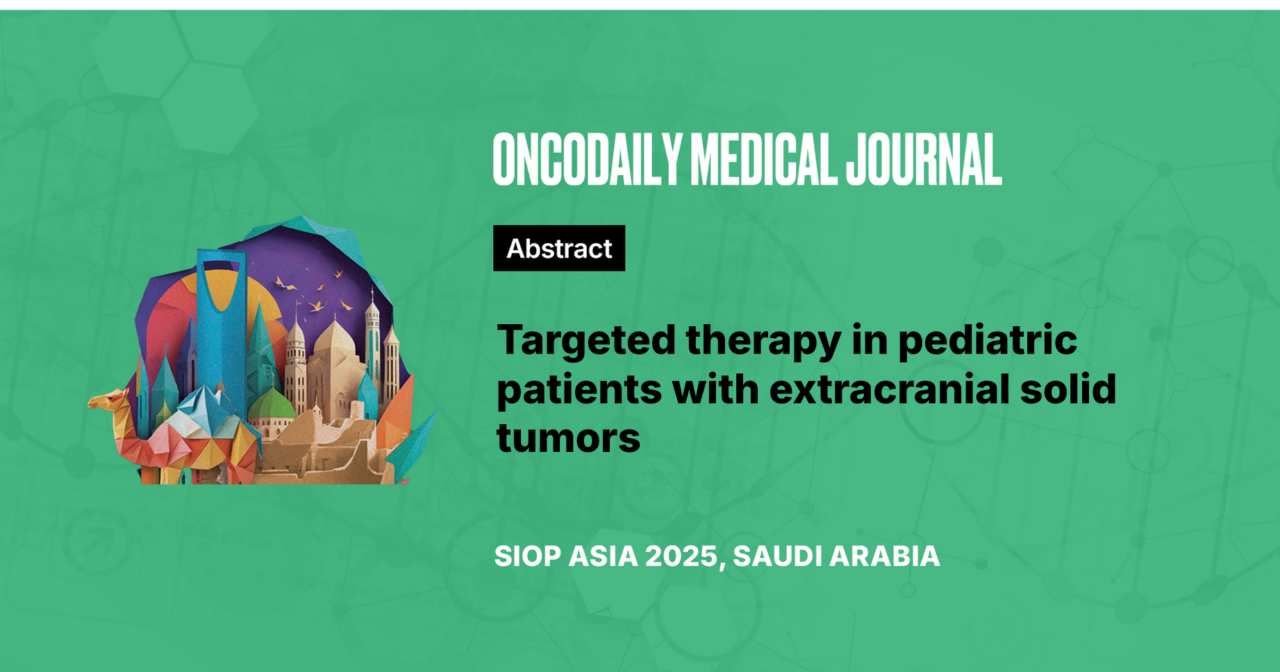Abstract
Introduction: Targeted therapy (TT) in pediatric oncology is rarely used. Next-generation sequencing (NGS) is instrumental for clinical decisions on TT.
The aim: Identification of predictive makers during NGS in pediatric tumors and evaluation of the possibility of using TT in pediatric practice
Methods: The investigation enrolled 334 pediatric patients diagnosed with extracranial solid tumors including a majority with neuroblastoma (168/334, 50.3%), soft tissue sarcoma (84/334, 25%) and other rare tumors (Wilms tomor, malignant rhabdoid tumor etc.) treated at the Dmitry Rogachev National Medical Research Center in 2018-2023. Tumor DNA was sequenced using a customized QiaSeq panel (Qiagen, Germany). The identified somatic variants were interpreted in accordance with the AMP/ASCO/CAP Guideline recommendations.
Results: TT sensitivity predictors were identified in 120/334 cases (35.9%): Tier II in 83 pts, Tier IВ in 32 pts (almost always ALK in neuroblastoma) and Tier IA in 5 pts: tumor-agnostic BRAF p.V600E in 3 pts (melanoma, melanocytic nevus, low-grade spindle-cell sarcoma) and tumor-specific NF1 aberrations in 2 pts with plexiform neurofibroma. TT was commenced in 21/334 cases (6.3%), often first-line or as a first relapse therapy (14/21 cases), combined with chemotherapy (TT-CT, 13/21 cases).
The regimens continued 10.9 (0.8–43.5) months for single-mode and 12.3 (0.3–61.5) months for TT-CT. Objective tumor response and stabilization of the disease for over 6 months was achieved in 14/21 pts (66.7%). In 9/21 pts (42.8%) the response persists at the time of analysis. The time to best response and disease stabilization on TT was 6 (0.8–12.3) months. The tolerance was generally good: the therapy was discontinued for toxicity in 1 case only.
Conclusion: Predictive markers of different levels during NGS of DNA in pediatric tumors are detected in 36% of cases. Targeted therapy in mono-regimen or in combination with chemotherapy agents is well tolerated and beneficial in some cases.





